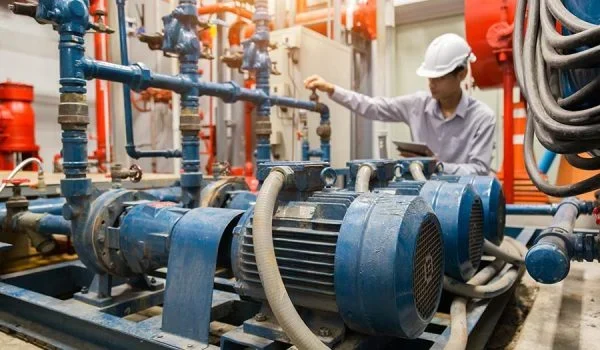Pump Audit
Efficiency Unlocked; Savings Secured
Pumps are critical components in various industrial and commercial systems, but inefficiencies can lead to significant energy waste and higher operational costs. A pump audit provides a thorough evaluation of your pump systems to identify inefficiencies, reduce energy consumption, and improve reliability.
Key Focus Areas
Performance Evaluation
Assessing pump capacity, flow rate, head, and overall efficiency.
Pump Sizing & Selection Review
Ensuring pumps are correctly sized for their applications to prevent overloading or underloading.
Cavitation & Vibration Analysis
Detecting issues that affect pump life and efficiency. Audit Deliverables.
Energy Consumption Analysis
Measuring power input, identifying excessive energy usage, and optimizing pump operation.
Variable Frequency Drive (VFD) Suitability
Evaluating opportunities for VFD implementation to optimize performance.

Audit Deliverables
- Pump Efficiency Report – Detailed insights into current system performance
- Energy Savings Opportunities – Identification of wastage areas and cost-saving potential
- Optimization & Retrofit Recommendations – Suggestions for VFD integration, system redesign, or pump replacements.
- Maintenance & Reliability Plan – Preventive strategies to enhance pump longevity and reduce downtime.
A Pump Audit helps businesses achieve greater energy efficiency, lower operational costs, and enhanced system reliability, ensuring optimal pump performance while aligning with sustainability goals
